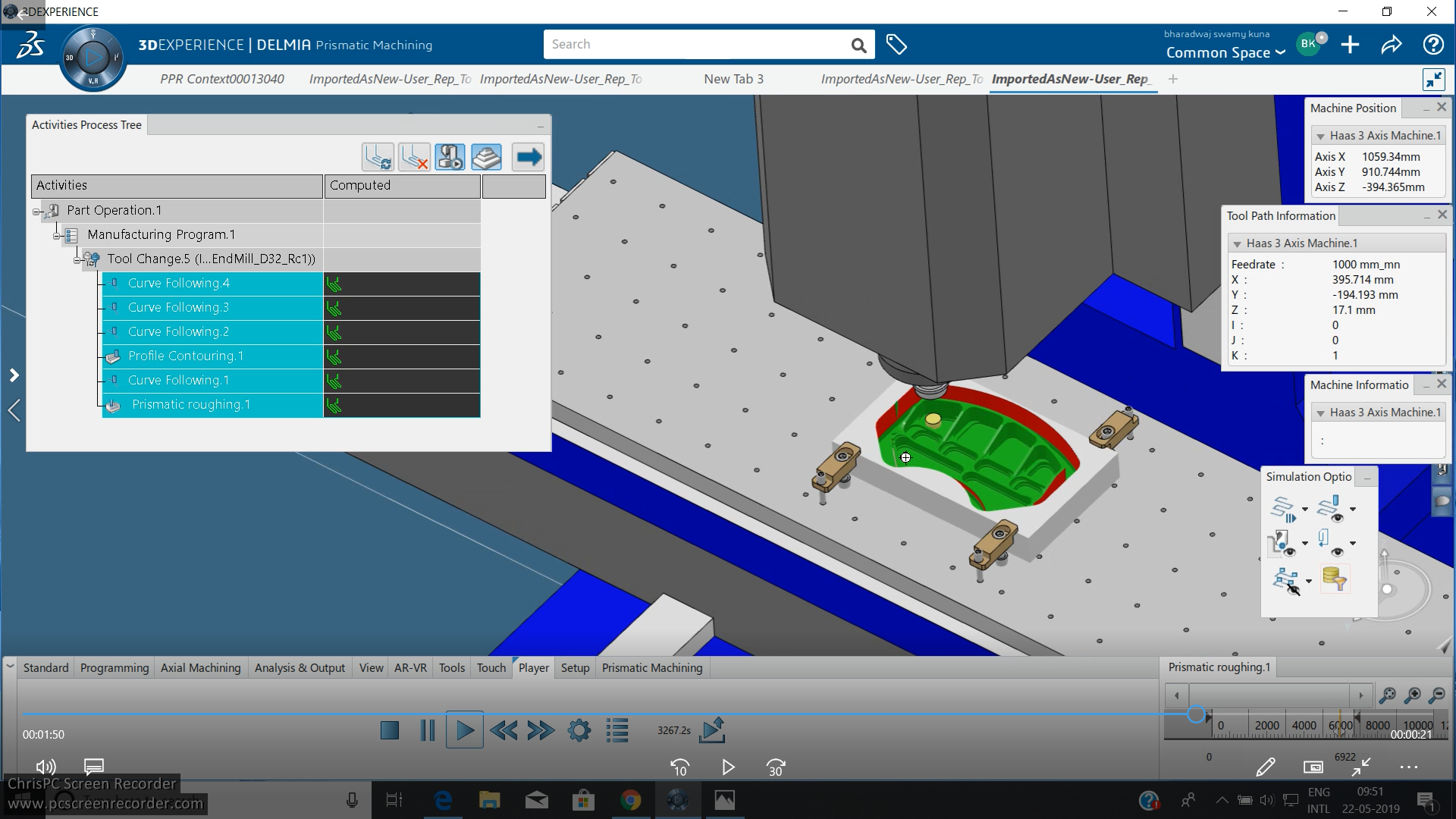

However, at higher feeds, these simple rounded moves are still too sharp. Using simple “looping” tool paths in place of sharper turns between scan passes is an appropriate solution at moderate feed rates (20-40 ipm). This type of machining tends to produce sharp stepover moves at the end of every pass. Parallel scan-line surface machining is the type of machining that has been used for the last ten years to finish machine multi-surface models. Side steps are the connections that create effective transitions between adjacent tool paths when feed rates are particularly high. A CAM system that can generate fluid tool motions during corner machining can maintain more consistent high feed rates. If allowed to remain, this sharp motion would be seen by the controller’s look-ahead function, which would reduce the feed rate accordingly. A corner treatment function for HSM rounds the sharp motion out of the tool path. In order to produce optimized tool paths for HSM, the CAD/CAM system must be able to deal effectively with internal sharp corners in the workpiece. How to include corners in the overall tool paths is also an important consideration. Without pencil tracing, rest milling, and similar re-machining strategies, the finishing tool could be fed into a considerably larger volume of material (where it would probably break) when it reached the corners of enclosed areas. The follow-up functions make the finish machining process more effective. For example, the tool trajectory is optimized to protect the tool and the holder from gouging based on the remaining stock. Forget the 2d design and immediately begin to draw and calculate the toolpath in 3d.The tool path trajectory for these follow-up machining strategies is optimized based on the knowledge of stock remaining from the previous tool path. If you use a Router you should have a Router version of CAM with Nesting, Engraving, Inlay, Raster to Vector, DXF Batch Import, joint fillets, doors and hinges macro and others common woodworking operations.Īnd remember if you want play CAD CAM and you are not a pirate you must spend some money because unfortunately, the free software is not very productive.

In the other hand we have Vectric Aspire for the woodworking art 1500$ with a lot of tutorials around the web, for cabinets try Cabinet Vision. The most convenient CAD CAM in terms of money is ZW3D 2015 Lite (only 2.5 ops.), it has very nice CAD interface and a potent CAM for "less than 1000$". Imho HSM is one of the best options but is not a standalone program, it is integrated in Inventor or in SW. I also use Mastercam a lot but a novice needs a program with an intuitive interface that he can learn by his own.


 0 kommentar(er)
0 kommentar(er)
